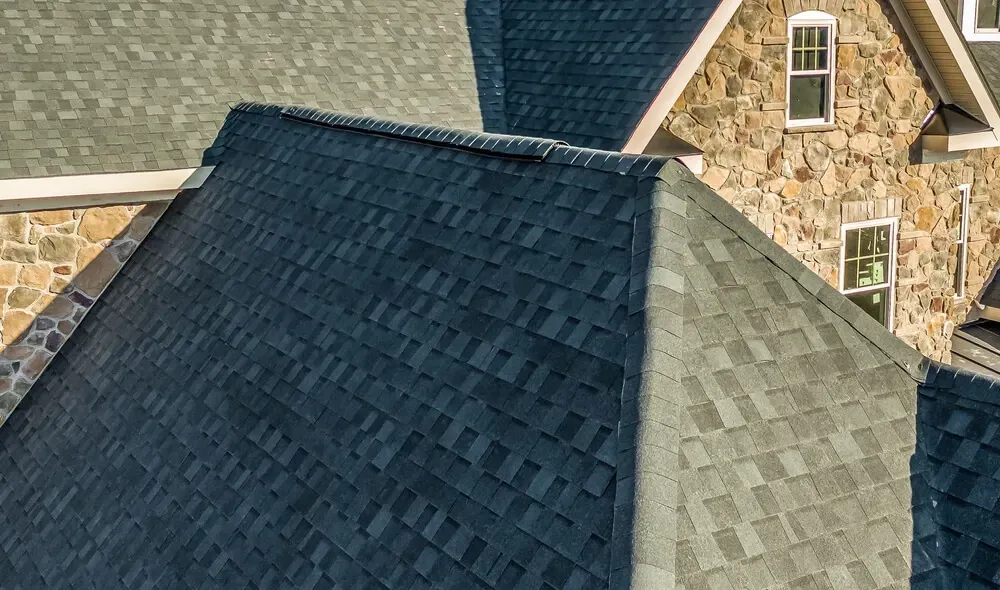What Is a Scupper? A Complete Guide to Roof Drainage
Roof water that stays too long can damage walls, ceilings, and the foundation. Ponding also shortens the life of the best membranes. Many people know gutters help, yet fewer see how a wall scupper keeps flat roofs dry. This blog clears the confusion by showing how the system works, when to use it, and how to keep it in shape.
Stay here to learn the key parts, codes, upkeep tips, and signs you may need help. You will also see answers to “what are scuppers on a roof,” “what is a roof scupper,” and other common questions. By the end, you will know if a scupper fits your roof or if another option suits you better.
The Basics: How a Wall Scupper Moves Water
A wall scupper is an opening cut through a parapet or edge wall. Water flows sideways through the hole instead of over the roof edge. It then drops into a downspout or a leader box and reaches the ground safely. In code books, the term roof drain scupper often appears beside internal drains because both count as primary drainage of metal building gutters.
Key Parts
- Scupper mouth or sleeve
- Collector box
- Downspout or leader pipe
- Splash blocks or extensions to steer water away
With these parts,
roof scuppers let rain exit fast, so your roof rarely sees deep ponding.
Scupper Types and Sizes
Open vs. Boxed
Open scuppers have no pipe. They act like small windows for water. Boxed scuppers extend outward and connect to a downspout.
Shape and Material
Most scupper drains are square or rectangular. Round units exist but cost more. Depending on budget and climate, contractors pick aluminum, galvanized steel, or copper. You should also match the system to your gutter installation for a tidy look.
Sizing Rules
Codes require the scupper opening to handle the same flow as an interior drain. A simple rule says the width should be at least four times the depth of water the roof design allows. When in doubt, a pro will run a flow test.
Benefits of a Flat Roof Scupper Drain
- Stops water build-up on the membrane
- Reduces the weight on the roof joists
- Lowers ice damage risk in winter
- Easier to clean than hidden pipes
Because a
flat roof scupper drain sits in plain sight, you can spot clogs before storms hit. Clear leaves often, and the system lasts decades.
FAQs: Clearing Up Common Myths
What is a scupper?
People ask, What is a scupper? In roofing terms, it is simply a hole lined with metal that drains water off a flat or low-slope roof. Think of it as the roof’s safety valve whenever a storm rolls in.
When are more scuppers needed?
Searches for what scuppers are on a roof spike every spring. Add more when ponding lasts over 48 hours, debris piles near current exits, or codes change.
What Is the Right Maintenance Routine?
- Inspect after heavy rain.
- Remove leaves, twigs, and bird nests.
- Check seams for rust and seal breaks.
- Make sure downspouts stay tight to the wall.
- Test the flow with a hose twice a year.
Follow these steps and your
roof scuppers will serve you well. Skip them, and even sturdy
scupper drains can fail.
When to Call a Pro
- Water stains sit under the parapet.
- Membrane blisters near the scupper opening.
- You need to meet a new building code.
- You plan an addition that changes the runoff.
- You have questions about rain gutter downspouts or gutter sizes
Trust AMP Restoration and Roofing
AMP Restoration and Roofing installs, repairs, and maintains scupper drains across the region. Our team masters every detail, from code size checks to neat metalwork. We blend craft with premium materials so your roof meets storms with confidence. You also gain clear reports, quick scheduling, and fair pricing that never surprises.
Beyond scuppers, we deliver complete roof care, leak response, and restoration. Whether you face hail, wind, or age, our experts act fast and clean. Count on a crew that listens, explains, and stands behind every shingle and seam, whether you’re looking for residential or
commercial roofing
services.






